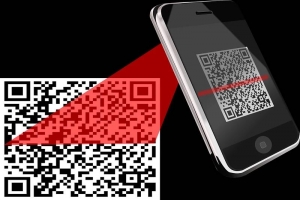On November 8, the BSP and Monetary Authority of Singapore (MAS) signed an enhanced fintech cooperation agreement (build on an earlier agreement signed in 2017) that aims to facilitate interoperable payments between the Philippines and Singapore. The agreement is similar to deals MAS has struck with the central banks of Thailand, Malaysia and India, and once again underscores Singapore’s paramountcy as a real-time cross-border payments hub in the region.
MAS managing director Ravi Menon highlighted the city-state’s role in the development of a regional real-time payments system. “Critically, the linking of our QR and real-time payment systems also marks a concrete step towards the vision of an ASEAN network of interconnected real-time payment systems,” he said in a press release.
The driving force behind this agreement is the significant remittance flows between Singapore and the Philippines, which reached S$2.89 billion in 2020 and the normal extensive people-to-people exchanges between the two countries. Before the pandemic, this figure stood at roughly 900,000.
Meanwhile, the Philippines is pushing ahead on digitization of domestic payments as well. In particular, the interoperability of the codes under the QR PH program could significantly boost the use of e-payments in the country. The BSP recently launched the QR PH person-to-merchant (P2M) payment facility, an electronic payment system that allows buyers to pay even small value transactions such as jeepney or tricycle fares and payments of goods and services to MSMEs at no cost to the buyer.
Both incumbents and fintechs are finding the technology handy. “We really see a lot of potential for these QR payments. We have onboarded a lot of merchants,” Asia United Bank (AUB) executive vice president Wilfredo Rodriguez Jr. said in a virtual briefing in October.
For its part, Tencent-backed PayMaya said in early November that it is speeding up the nationwide rollout of QR Ph across its enterprise base of 160,000. In a statement, PayMaya President Shailesh Baidwan said that the move represents a key step towards establishing a more robust payments ecosystem in the country.
Thanks to the interoperability of QR Ph, PayMaya enterprises equipped with a QR Ph P2M code can accept payments from AllBank, Asia United Bank, Cebuana Lhuillier Rural Bank, China Banking Corp., Land Bank of the Philippines, Rizal Commercial Banking Corp., Starpay, UnionBank of the Philippines, and USSC Money Services, Inc.

